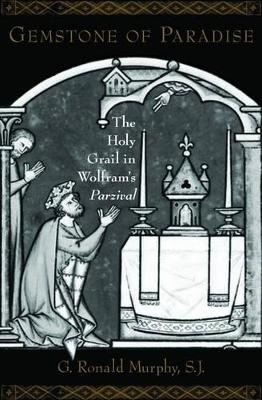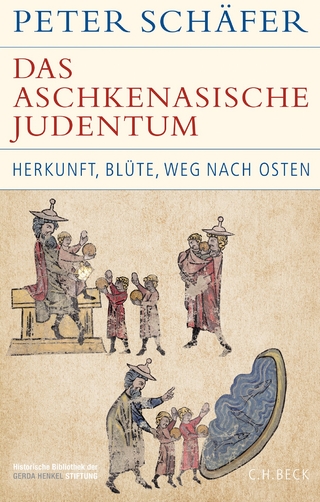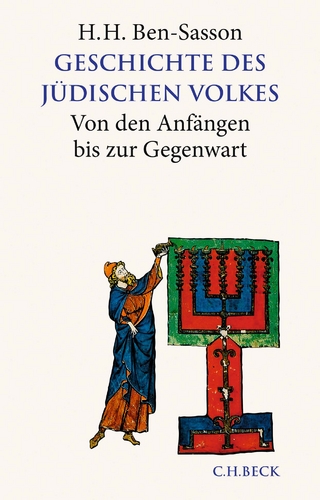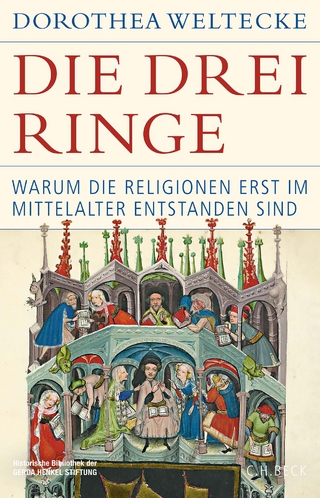
Gemstone of Paradise
The Holy Grail in Wolfram's Parzival
Seiten
2006
Oxford University Press Inc (Verlag)
978-0-19-530639-2 (ISBN)
Oxford University Press Inc (Verlag)
978-0-19-530639-2 (ISBN)
Presents the story of "Parzival" that was intended as an argument against continued efforts by Latin Christians to regain the Holy Land by force. The author believes that he has discovered the altar stone that inspired Wolfram's work, in the Paradise Altar in the diocesan museum of the German city of Bamberg.
The phenomenal success of Dan Brown's Da Vinci Code has given new life to the perennial debate about the nature and meaning of the mysterious Holy Grail. The story of the Grail, usually identified as some kind of mystical vessel, has gripped the imaginations of millions since it first appeared in several medieval romances. Of these, Wolfram von Eschenbach's Middle High German Parzival (c. 1200) is generally recognized as the most complex and beautiful. Strangely, in Parzival, the Grail is identified as a stone rather than a cup or dish. This oddity is usually seen as just another mystery, further evidence of the difficulty of discerning the true sources of the Grail legend. In this groundbreaking study, Ronald Murphy seeks to dispel this mystery and to enable a far better appreciation of Wolfram's purposes. Wolfram, Murphy argues, wanted to chastise his contemporaries who looked for the Grail in the possession of Muslims in the Holy Land. The Grail (salvation, blessedness, the presence of God), Wolfram was saying, was where God said He would be: on the altar at the consecration of the Mass. Wolfram's "sacred stone" was none other than a consecrated altar, precious by virtue of the sacrament but also, Murphy argues, by virtue of the material from which it was made: green serpentine, one of the precious stones associated with the rivers of Paradise. Wolfram's stone may also have been a symbolic reference to the stone the Crusaders fought to obtain - the Holy Sepulchre. The entire story of Parzival, Murphy believes, was intended as an argument against continued efforts by Latin Christians to regain the Holy Land by force. Remarkably, Murphy believes he has discovered the very altar stone that inspired Wolfram's work, preserved to the present day in the Paradise Altar in the diocesan museum of the German city of Bamberg. Offering an entirely original reading of Wolfram's famous text, this engrossing and readable book will appeal not only to scholars and students of medieval literature but to many of the readers who are drawn to the lasting mystery of the Holy Grail.
The phenomenal success of Dan Brown's Da Vinci Code has given new life to the perennial debate about the nature and meaning of the mysterious Holy Grail. The story of the Grail, usually identified as some kind of mystical vessel, has gripped the imaginations of millions since it first appeared in several medieval romances. Of these, Wolfram von Eschenbach's Middle High German Parzival (c. 1200) is generally recognized as the most complex and beautiful. Strangely, in Parzival, the Grail is identified as a stone rather than a cup or dish. This oddity is usually seen as just another mystery, further evidence of the difficulty of discerning the true sources of the Grail legend. In this groundbreaking study, Ronald Murphy seeks to dispel this mystery and to enable a far better appreciation of Wolfram's purposes. Wolfram, Murphy argues, wanted to chastise his contemporaries who looked for the Grail in the possession of Muslims in the Holy Land. The Grail (salvation, blessedness, the presence of God), Wolfram was saying, was where God said He would be: on the altar at the consecration of the Mass. Wolfram's "sacred stone" was none other than a consecrated altar, precious by virtue of the sacrament but also, Murphy argues, by virtue of the material from which it was made: green serpentine, one of the precious stones associated with the rivers of Paradise. Wolfram's stone may also have been a symbolic reference to the stone the Crusaders fought to obtain - the Holy Sepulchre. The entire story of Parzival, Murphy believes, was intended as an argument against continued efforts by Latin Christians to regain the Holy Land by force. Remarkably, Murphy believes he has discovered the very altar stone that inspired Wolfram's work, preserved to the present day in the Paradise Altar in the diocesan museum of the German city of Bamberg. Offering an entirely original reading of Wolfram's famous text, this engrossing and readable book will appeal not only to scholars and students of medieval literature but to many of the readers who are drawn to the lasting mystery of the Holy Grail.
Ronald Murphy is a George M. Roth Distinguished Professor of German at Georgetown University.
Prologue: In the Beginning
Grails, the Grail, and the Stars
1. The Idea of the Holy Grail
2. The World of Precious Stones
3. The Crusaders' Quest
The Holy Sepulcher
4. The Frame Story
Feirefiz, Parzival, and Their Father
5. The Frame Story Ending
The Overflowing Grail
6. The Grail in the Inner Story
7. The Paradise Altar of Bamberg
Afterword
Aftermath
Appendix 1: Etymological Excursus
The Meaning of the Five Women's Names
Appendix 2: Two Medieval Texts on the Consecration of the Altar and the Veneration of the Sepulcher
Select Bibliography
Index
| Erscheint lt. Verlag | 24.8.2006 |
|---|---|
| Zusatzinfo | 19 halftones, 1 line illus. |
| Verlagsort | New York |
| Sprache | englisch |
| Maße | 235 x 162 mm |
| Gewicht | 508 g |
| Themenwelt | Geschichte ► Teilgebiete der Geschichte ► Religionsgeschichte |
| Geisteswissenschaften ► Sprach- / Literaturwissenschaft ► Anglistik / Amerikanistik | |
| Geisteswissenschaften ► Sprach- / Literaturwissenschaft ► Literaturwissenschaft | |
| ISBN-10 | 0-19-530639-2 / 0195306392 |
| ISBN-13 | 978-0-19-530639-2 / 9780195306392 |
| Zustand | Neuware |
| Haben Sie eine Frage zum Produkt? |
Mehr entdecken
aus dem Bereich
aus dem Bereich
Herkunft, Blüte, Weg nach Osten
Buch | Hardcover (2024)
C.H.Beck (Verlag)
39,00 €
Von den Anfängen bis zur Gegenwart
Buch | Hardcover (2022)
C.H.Beck (Verlag)
34,00 €
warum die Religionen erst im Mittelalter entstanden sind
Buch | Hardcover (2024)
C.H.Beck (Verlag)
38,00 €


